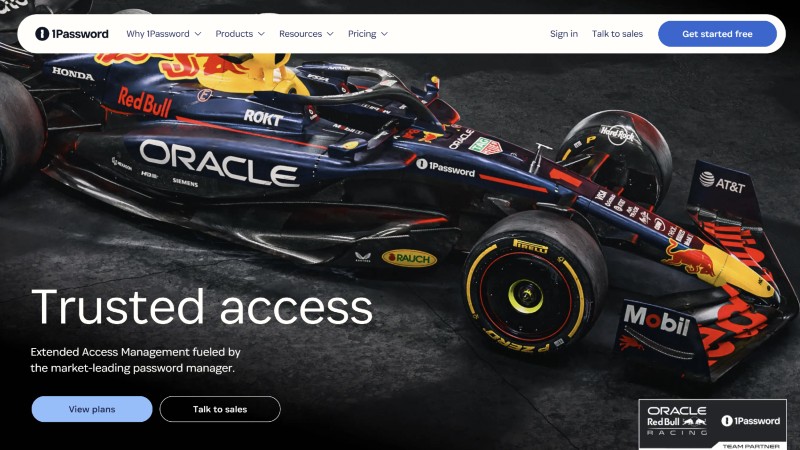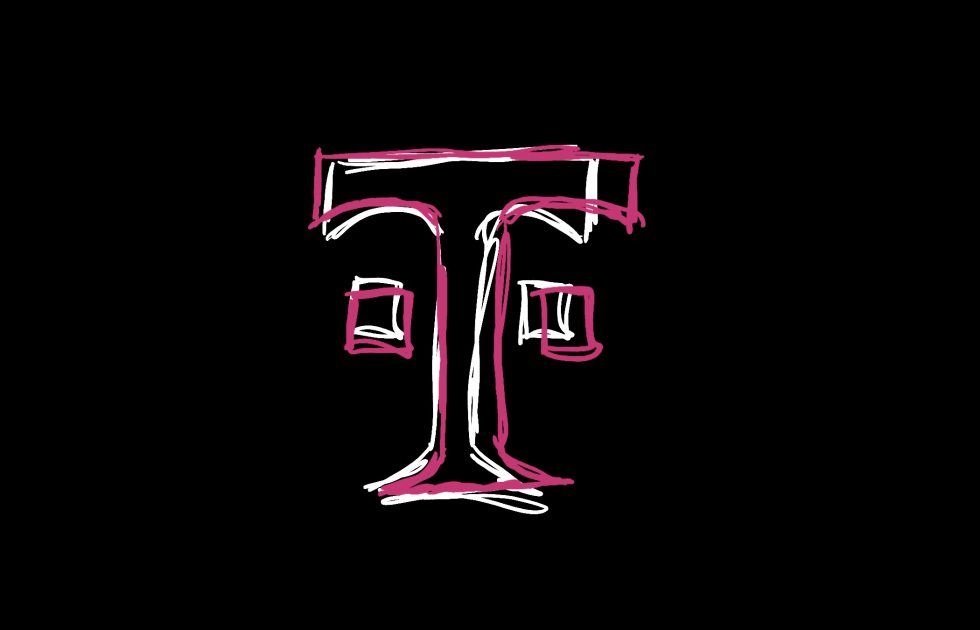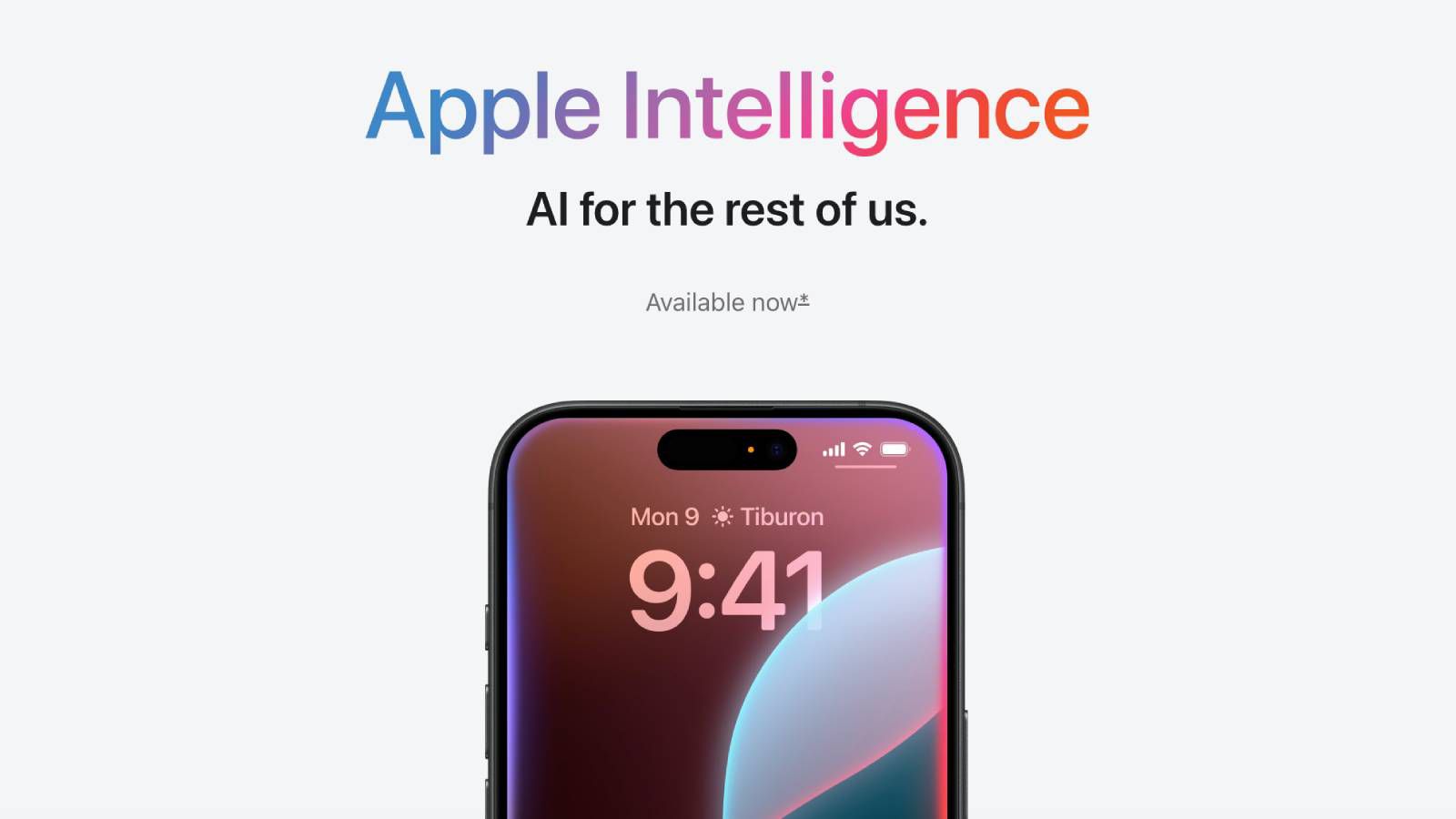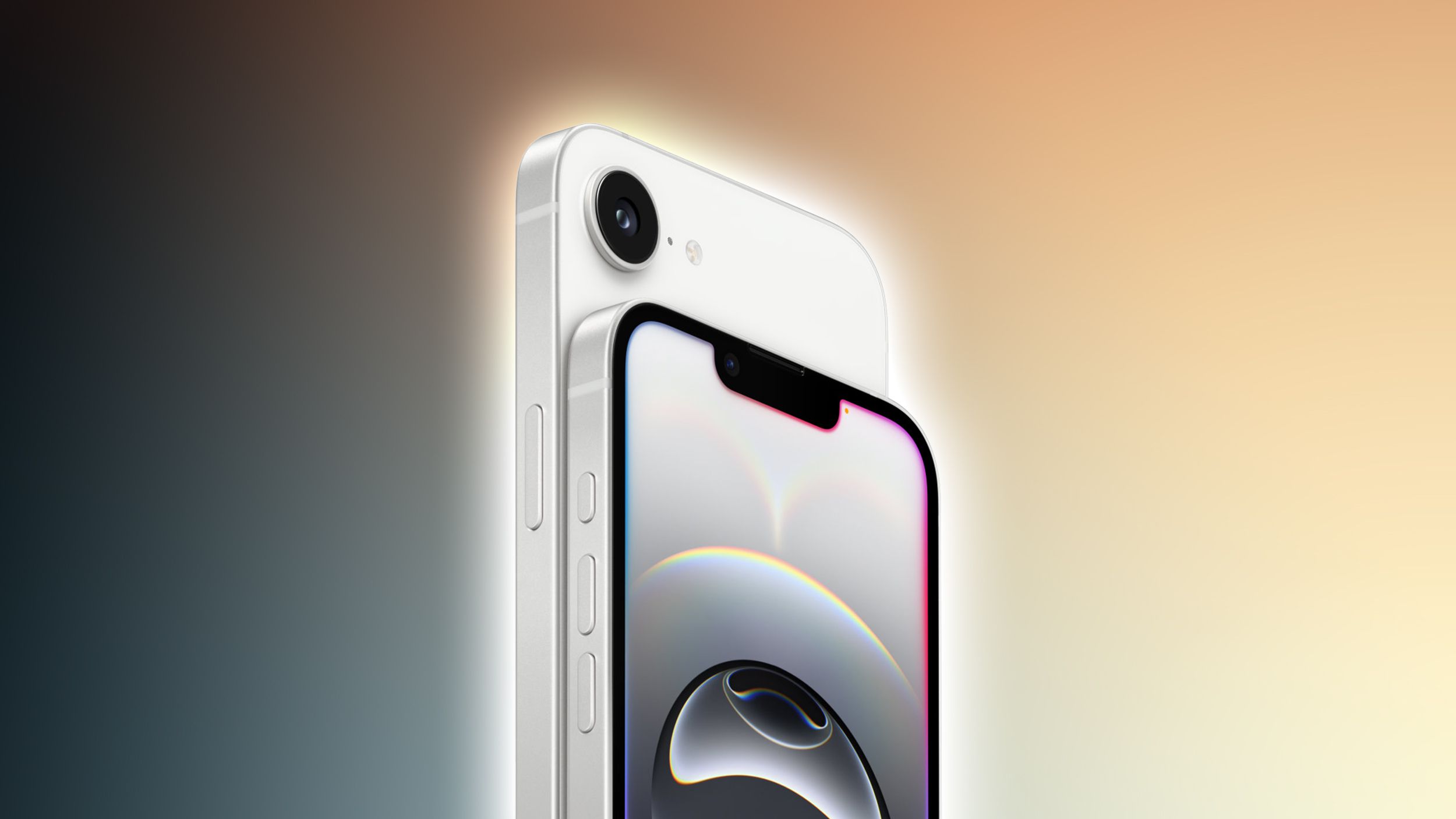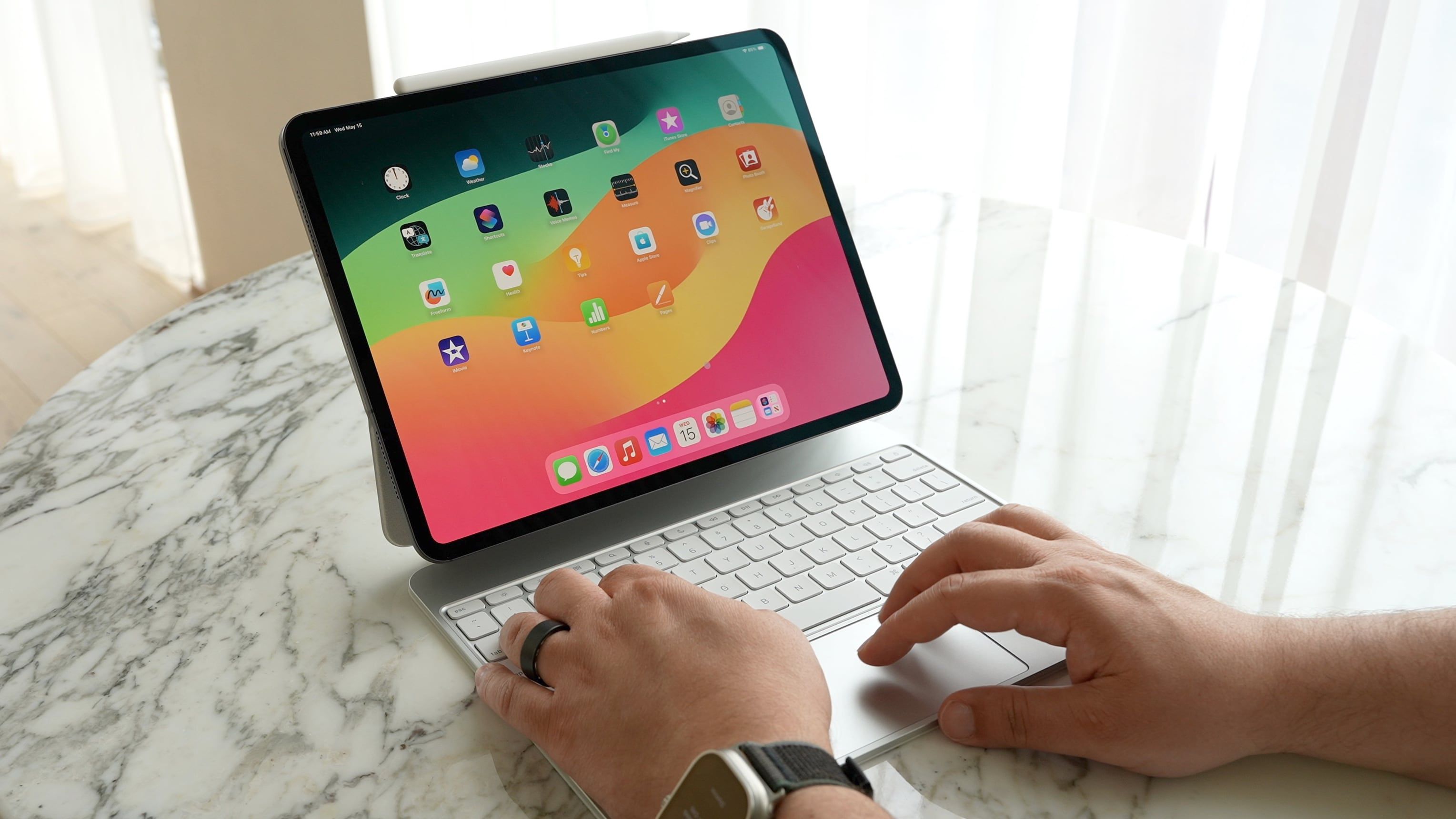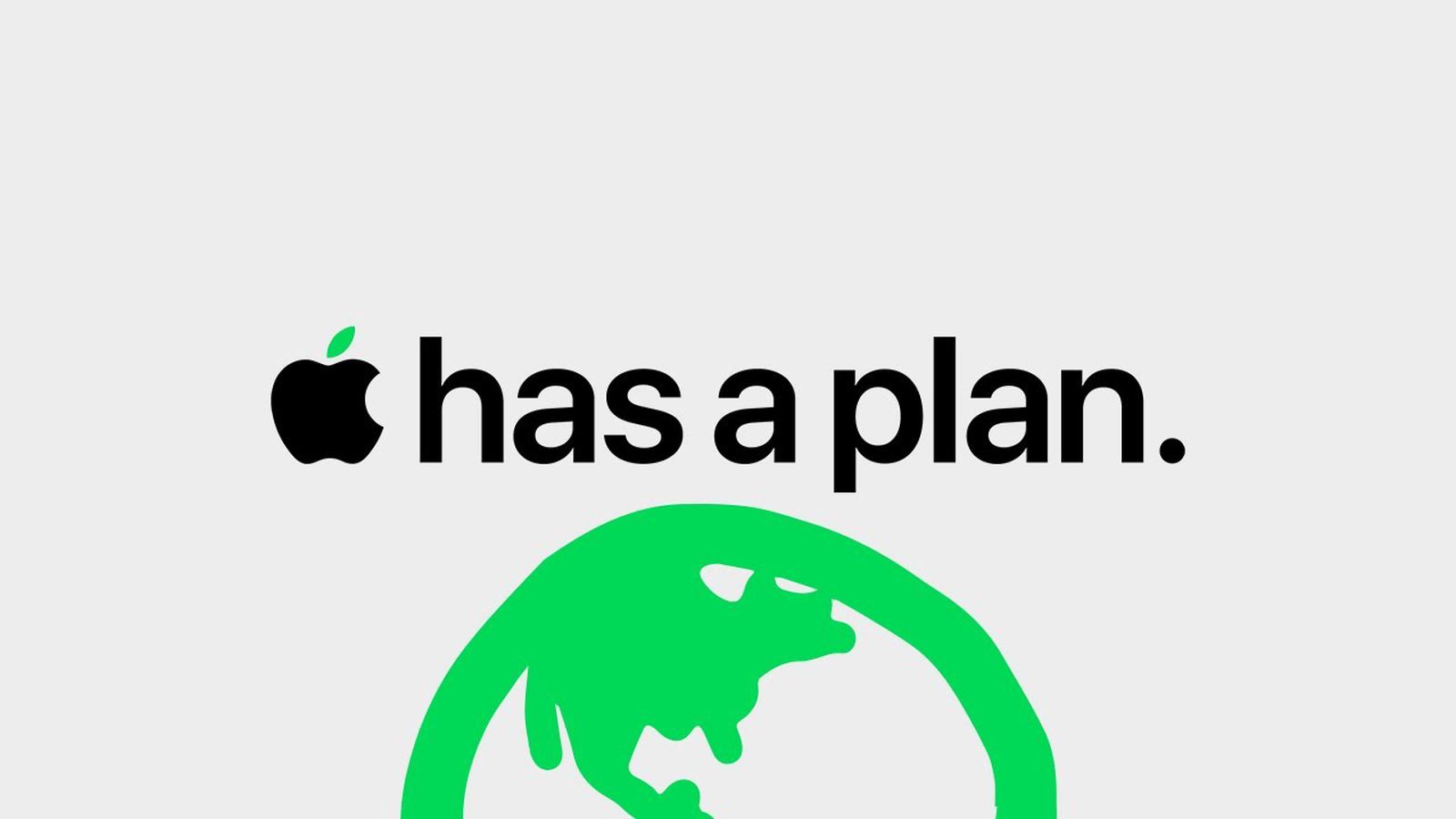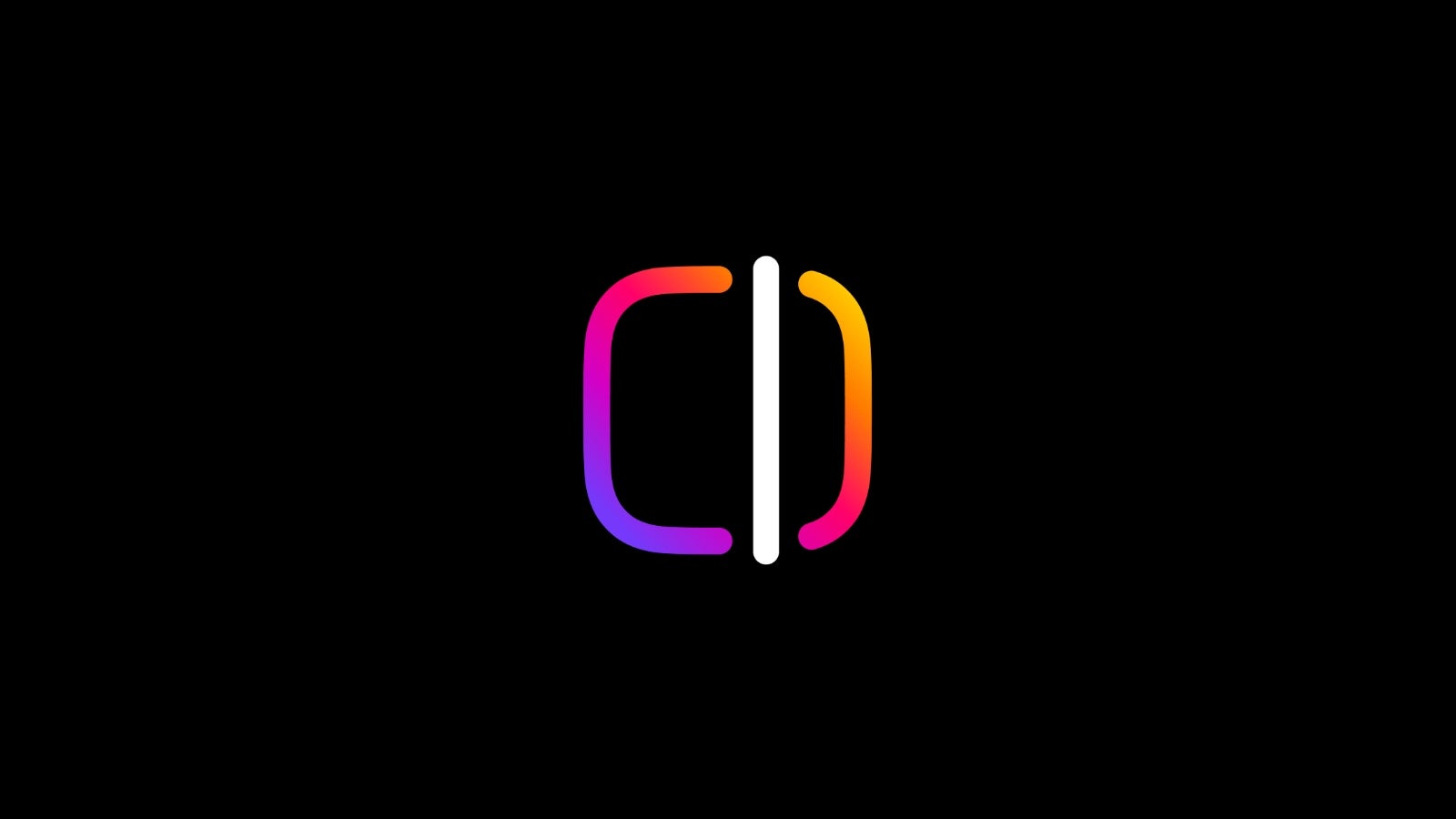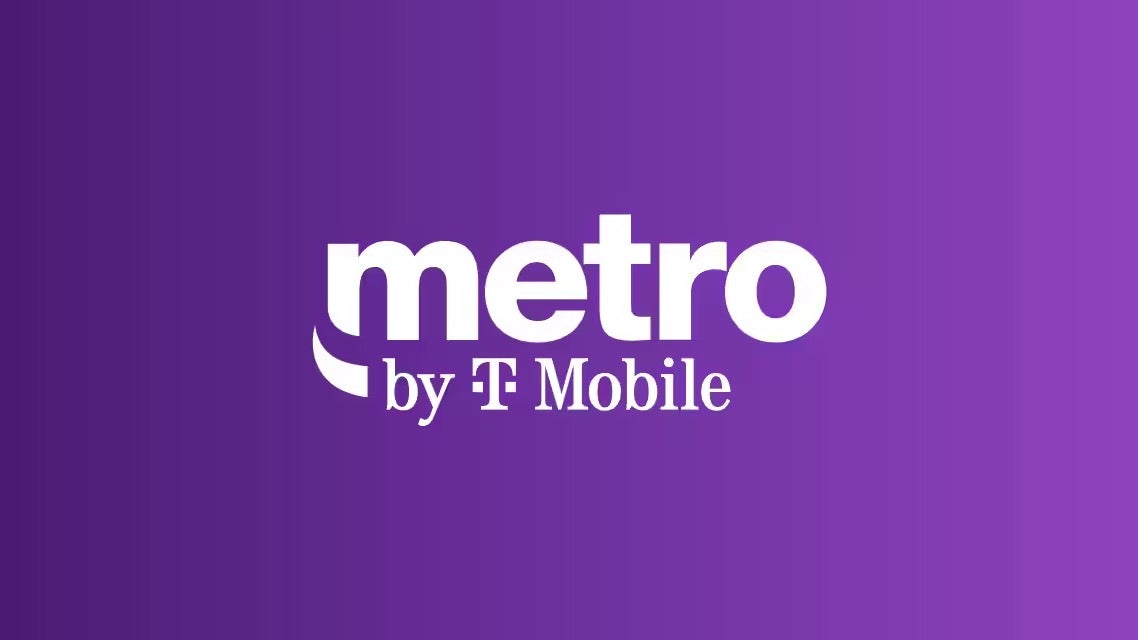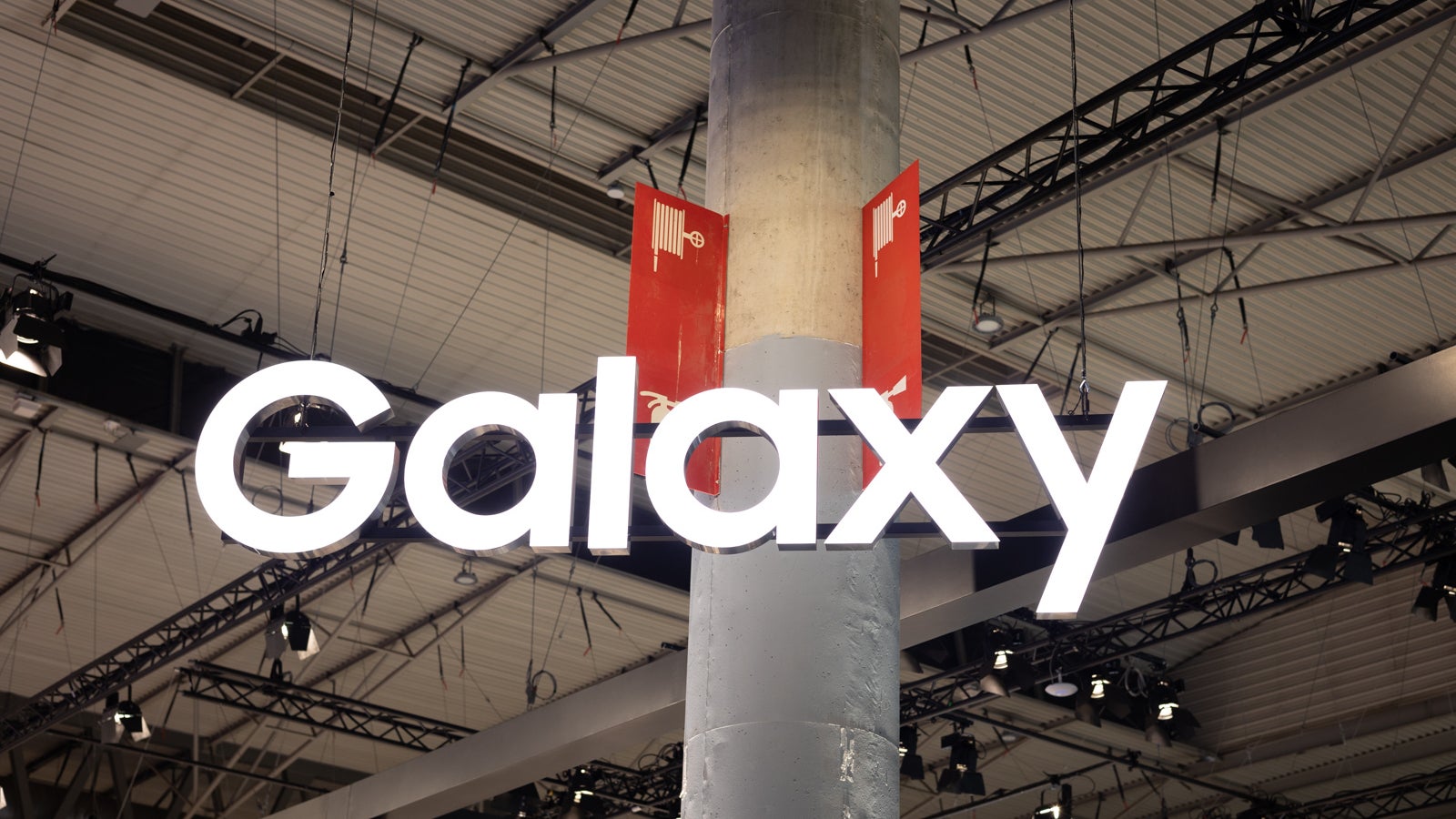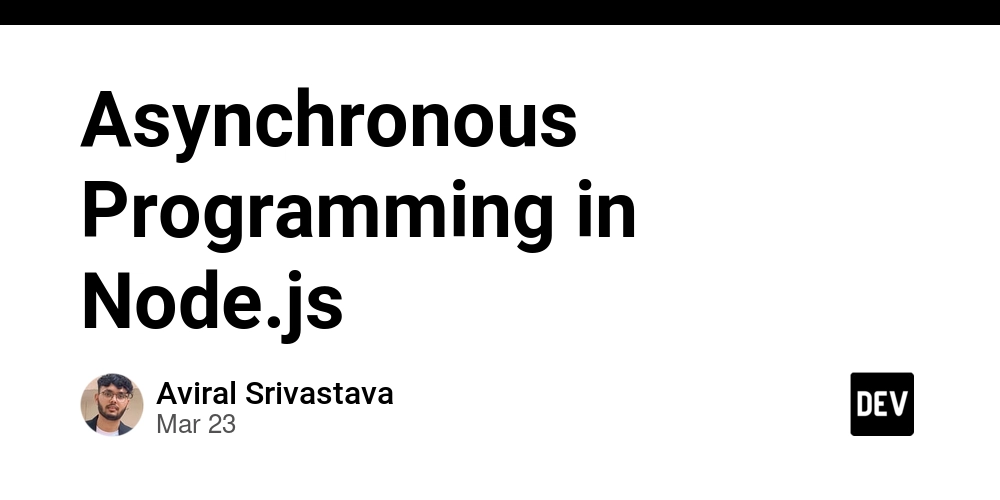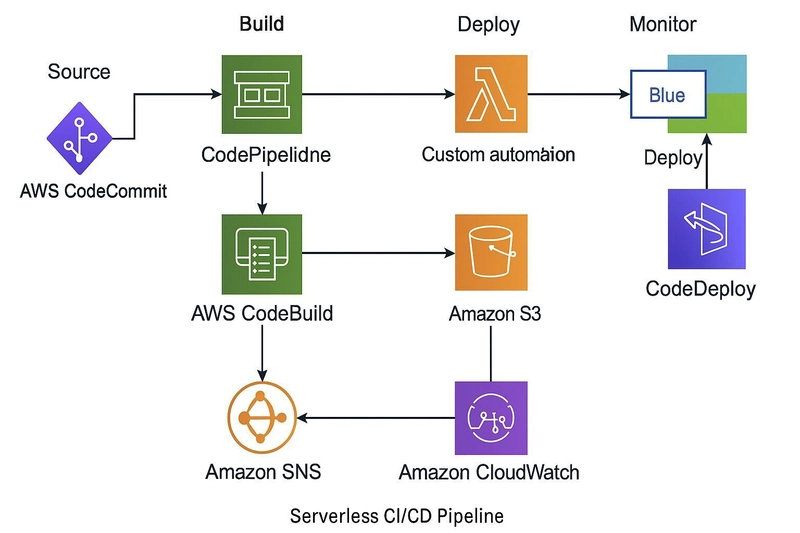Best Programming Languages for Mobile App Development
Mobile apps are everywhere. From checking your bank balance to ordering coffee, apps have become a part of our daily lives. If you're planning to build a mobile app—whether you're a developer, a startup founder, or a product manager—one of the most important decisions you'll make is choosing the right programming language. The language you choose will affect your app’s performance, user experience, cost of development, and even future updates. This guide will help you understand the best programming languages for mobile app development in 2025 and beyond, including what makes each one unique. Why Language Choice Matters Every mobile app has different requirements. Some apps are simple and need quick deployment. Others are complex and demand high performance, security, or platform-specific features. Choosing the right programming language is not just about what’s trending—it’s about what suits your app’s specific needs. You also need to consider your development team’s expertise, long-term maintenance, and how easily you can scale the app. Top Programming Languages for Mobile App Development 1. Swift – For iOS Development If you're building an app for Apple devices, Swift is the go-to language. It’s designed by Apple and works seamlessly with iOS, macOS, watchOS, and tvOS. Pros: Fast and highly performant Safe syntax that reduces bugs Backed by Apple and regularly updated Use Cases: iPhone apps, Apple Watch apps, enterprise-level iOS solutions 2. Kotlin – For Android Development Kotlin has become the preferred language for Android app development. It’s modern, expressive, and interoperable with Java. Pros: Fully supported by Google Safer code and fewer crashes Easier to read and write than Java Use Cases: Android apps, backend development, cross-platform development with Kotlin Multiplatform 3. JavaScript (with React Native) – For Cross-Platform Apps JavaScript, when used with frameworks like React Native, enables developers to build apps for both iOS and Android using a single codebase. Pros: Cost-effective for MVPs Large developer community Code reusability between web and mobile Use Cases: Startup apps, MVPs, cross-platform apps 4. Dart (with Flutter) – For High-Performance Cross-Platform Apps Dart, the language behind Google’s Flutter framework, has gained massive popularity. It allows developers to write once and deploy on both iOS and Android. Pros: Beautiful UI capabilities Great for high-performance apps Active community and Google backing Use Cases: Fintech apps, eCommerce apps, interactive UI-heavy apps 5. Java – The Classic Android Language Java is one of the oldest and most reliable languages for Android development. While Kotlin has overtaken it in popularity, Java still has a massive legacy codebase. Pros: Mature ecosystem Strong performance Easy to find developers Use Cases: Legacy Android apps, large-scale enterprise projects 6. C# (with Xamarin) – For Microsoft Ecosystem and Beyond C# works with Xamarin to create apps for both Android and iOS. It’s best suited for teams already working within the Microsoft ecosystem. Pros: Shared codebase across platforms Integrates well with .NET Good tool support with Visual Studio Use Cases: Enterprise apps, apps tied to Microsoft services 7. Python – For Prototypes and AI-Integrated Apps Though not traditionally used for mobile apps, Python can be useful for backend services, prototyping, and AI features within apps. Pros: Great for rapid development Huge library support (machine learning, data processing) Easy to learn and debug Use Cases: AI-driven apps, MVPs, backend APIs How to Choose the Right Programming Language Here are a few things to consider: Platform: Are you targeting iOS, Android, or both? Performance Needs: Will your app handle heavy processing or need to run offline? Time & Budget: Cross-platform frameworks save time and money but may sacrifice some performance. Team Skills: What languages are your developers comfortable with? Community Support: A strong community ensures better support, libraries, and updates. Conclusion There’s no one-size-fits-all answer when it comes to choosing the best programming language for mobile app development. Swift and Kotlin are excellent for native apps, while Dart and JavaScript (React Native) are perfect for cross-platform solutions. Consider your app’s goals, your team's skills, and the expected user experience before deciding. Ultimately, the language should help you deliver a reliable, high-performing app that’s easy to maintain and scale. FAQs 1. What is the best language for building both iOS and Android apps? Dart (Flutter) and JavaScript (React Native) are the most popular options for building cross-platform apps with a single codebase. 2. Is Swift better than Flutter for iOS apps? Swift offers deeper integration
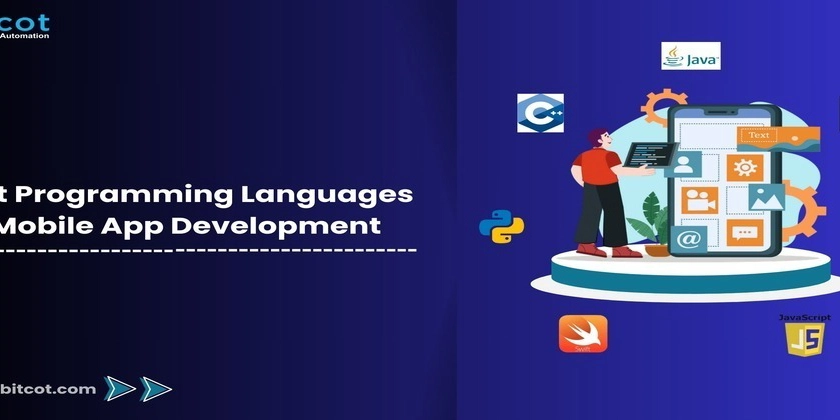
Mobile apps are everywhere. From checking your bank balance to ordering coffee, apps have become a part of our daily lives. If you're planning to build a mobile app—whether you're a developer, a startup founder, or a product manager—one of the most important decisions you'll make is choosing the right programming language.
The language you choose will affect your app’s performance, user experience, cost of development, and even future updates. This guide will help you understand the best programming languages for mobile app development in 2025 and beyond, including what makes each one unique.
Why Language Choice Matters
Every mobile app has different requirements. Some apps are simple and need quick deployment. Others are complex and demand high performance, security, or platform-specific features. Choosing the right programming language is not just about what’s trending—it’s about what suits your app’s specific needs.
You also need to consider your development team’s expertise, long-term maintenance, and how easily you can scale the app.
Top Programming Languages for Mobile App Development
1. Swift – For iOS Development
If you're building an app for Apple devices, Swift is the go-to language. It’s designed by Apple and works seamlessly with iOS, macOS, watchOS, and tvOS.
Pros:
Fast and highly performant
Safe syntax that reduces bugs
Backed by Apple and regularly updated
Use Cases: iPhone apps, Apple Watch apps, enterprise-level iOS solutions
2. Kotlin – For Android Development
Kotlin has become the preferred language for Android app development. It’s modern, expressive, and interoperable with Java.
Pros:
Fully supported by Google
Safer code and fewer crashes
Easier to read and write than Java
Use Cases: Android apps, backend development, cross-platform development with Kotlin Multiplatform
3. JavaScript (with React Native) – For Cross-Platform Apps
JavaScript, when used with frameworks like React Native, enables developers to build apps for both iOS and Android using a single codebase.
Pros:
Cost-effective for MVPs
Large developer community
Code reusability between web and mobile
Use Cases: Startup apps, MVPs, cross-platform apps
4. Dart (with Flutter) – For High-Performance Cross-Platform Apps
Dart, the language behind Google’s Flutter framework, has gained massive popularity. It allows developers to write once and deploy on both iOS and Android.
Pros:
Beautiful UI capabilities
Great for high-performance apps
Active community and Google backing
Use Cases: Fintech apps, eCommerce apps, interactive UI-heavy apps
5. Java – The Classic Android Language
Java is one of the oldest and most reliable languages for Android development. While Kotlin has overtaken it in popularity, Java still has a massive legacy codebase.
Pros:
Mature ecosystem
Strong performance
Easy to find developers
Use Cases: Legacy Android apps, large-scale enterprise projects
6. C# (with Xamarin) – For Microsoft Ecosystem and Beyond
C# works with Xamarin to create apps for both Android and iOS. It’s best suited for teams already working within the Microsoft ecosystem.
Pros:
Shared codebase across platforms
Integrates well with .NET
Good tool support with Visual Studio
Use Cases: Enterprise apps, apps tied to Microsoft services
7. Python – For Prototypes and AI-Integrated Apps
Though not traditionally used for mobile apps, Python can be useful for backend services, prototyping, and AI features within apps.
Pros:
Great for rapid development
Huge library support (machine learning, data processing)
Easy to learn and debug
Use Cases: AI-driven apps, MVPs, backend APIs
How to Choose the Right Programming Language
Here are a few things to consider:
Platform: Are you targeting iOS, Android, or both?
Performance Needs: Will your app handle heavy processing or need to run offline?
Time & Budget: Cross-platform frameworks save time and money but may sacrifice some performance.
Team Skills: What languages are your developers comfortable with?
Community Support: A strong community ensures better support, libraries, and updates.
Conclusion
There’s no one-size-fits-all answer when it comes to choosing the best programming language for mobile app development. Swift and Kotlin are excellent for native apps, while Dart and JavaScript (React Native) are perfect for cross-platform solutions. Consider your app’s goals, your team's skills, and the expected user experience before deciding.
Ultimately, the language should help you deliver a reliable, high-performing app that’s easy to maintain and scale.
FAQs
1. What is the best language for building both iOS and Android apps?
Dart (Flutter) and JavaScript (React Native) are the most popular options for building cross-platform apps with a single codebase.
2. Is Swift better than Flutter for iOS apps?
Swift offers deeper integration and better performance on Apple devices. Flutter, while great, is more general-purpose across platforms.
3. Can I build a mobile app with Python?
While Python isn’t commonly used for front-end mobile apps, it’s often used for backend development or AI features within apps.
4. Should I still learn Java for Android development?
Kotlin has largely replaced Java, but learning Java can still be helpful for maintaining older projects or enterprise systems.
5. Which language is best for beginners in mobile development?
JavaScript (React Native) and Dart (Flutter) are beginner-friendly with lots of resources and community support.

.jpg)








































































































































































![[The AI Show Episode 144]: ChatGPT’s New Memory, Shopify CEO’s Leaked “AI First” Memo, Google Cloud Next Releases, o3 and o4-mini Coming Soon & Llama 4’s Rocky Launch](https://www.marketingaiinstitute.com/hubfs/ep%20144%20cover.png)

















































































































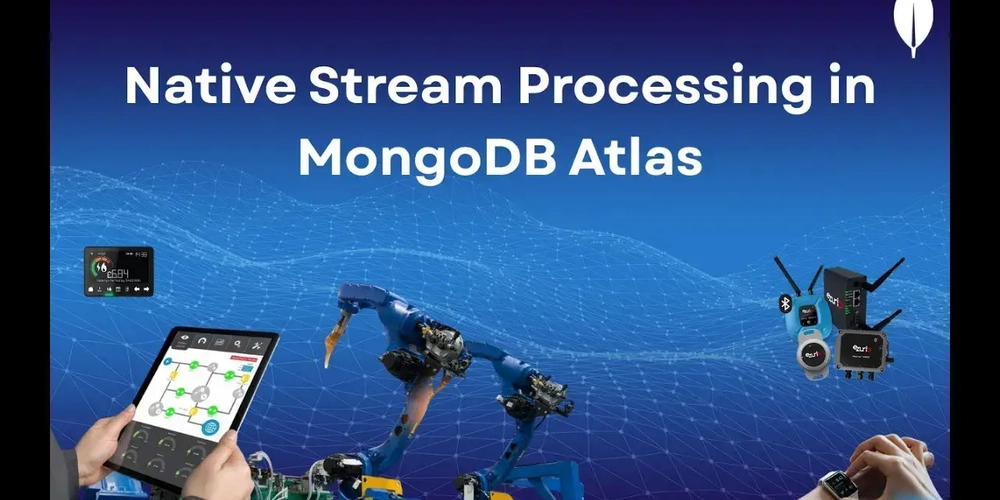

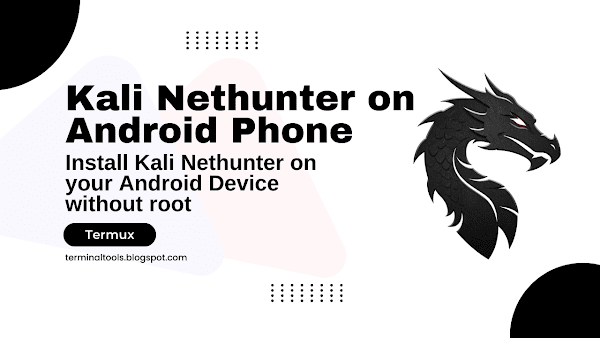




































![BPMN-procesmodellering [closed]](https://i.sstatic.net/l7l8q49F.png)

























































































-All-will-be-revealed-00-35-05.png?width=1920&height=1920&fit=bounds&quality=70&format=jpg&auto=webp#)
-All-will-be-revealed-00-17-36.png?width=1920&height=1920&fit=bounds&quality=70&format=jpg&auto=webp#)
-Jack-Black---Steve's-Lava-Chicken-(Official-Music-Video)-A-Minecraft-Movie-Soundtrack-WaterTower-00-00-32_lMoQ1fI.png?width=1920&height=1920&fit=bounds&quality=70&format=jpg&auto=webp#)
























_Weyo_alamy.png?width=1280&auto=webp&quality=80&disable=upscale#)
_Brain_light_Alamy.jpg?width=1280&auto=webp&quality=80&disable=upscale#)






































































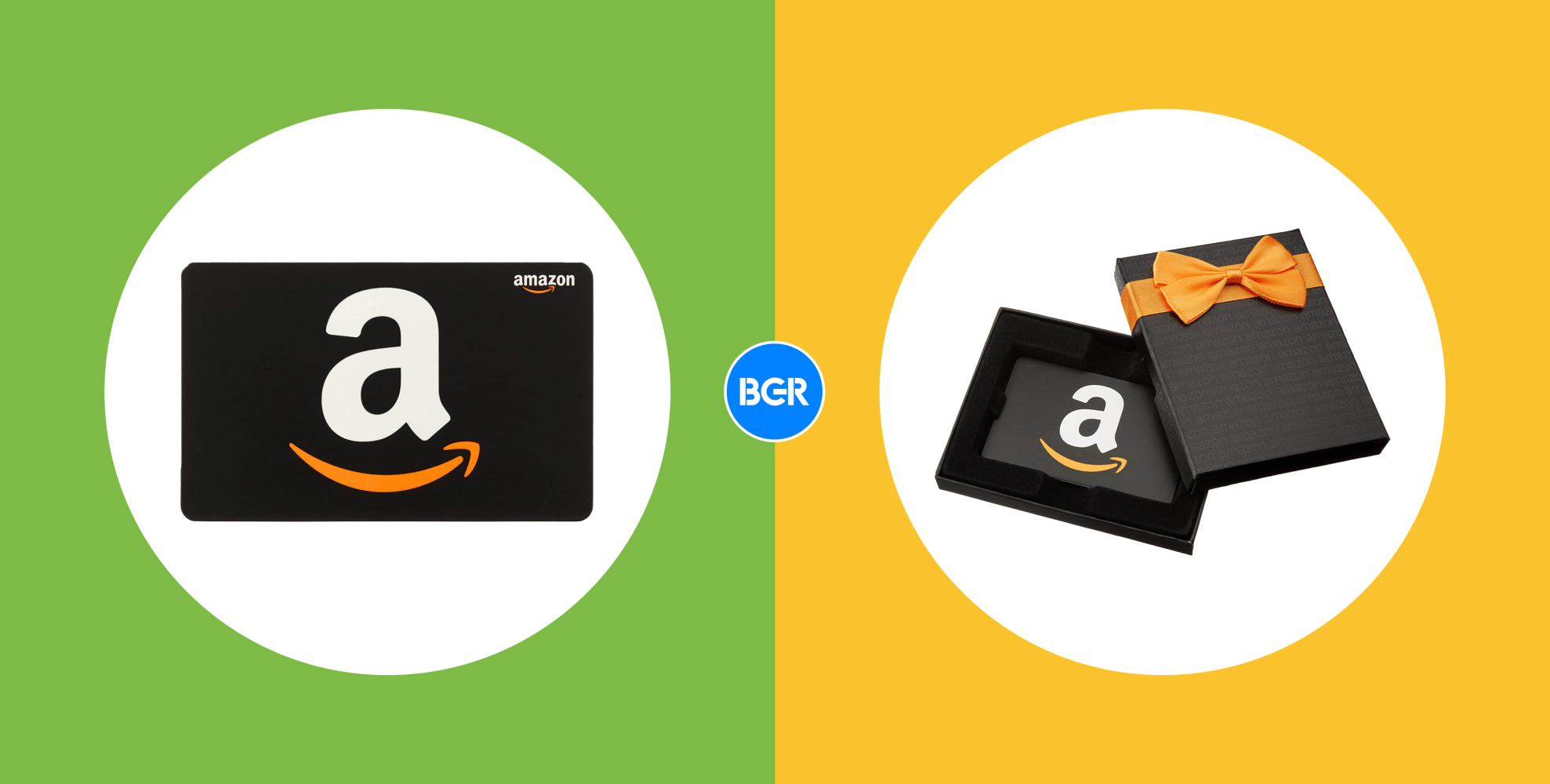



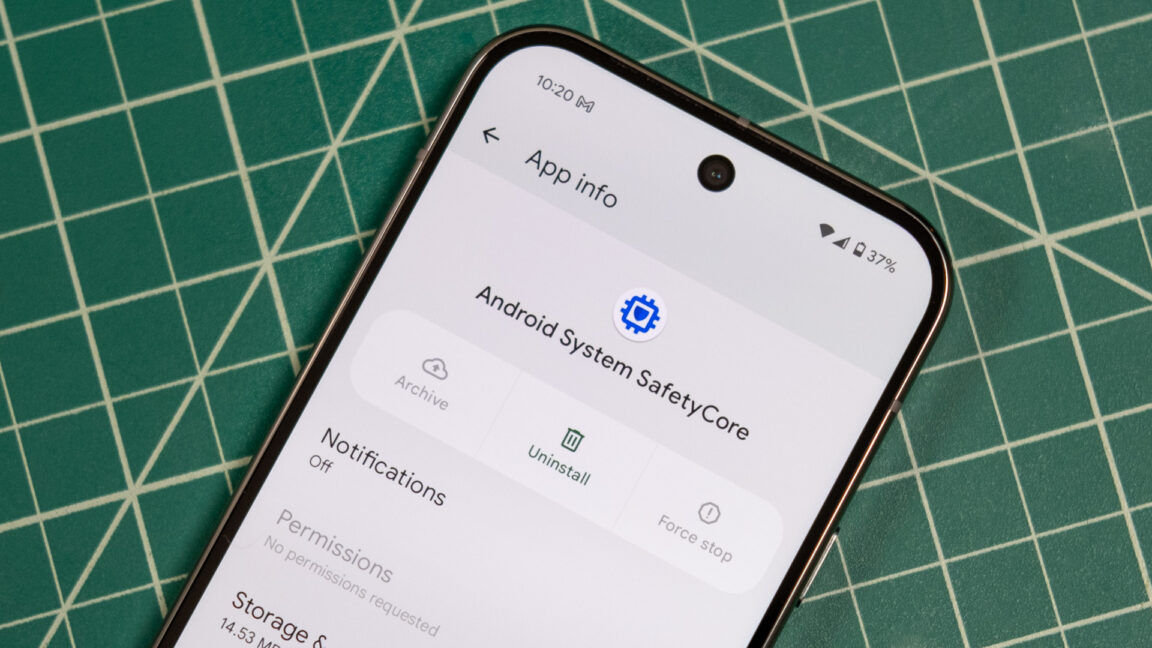

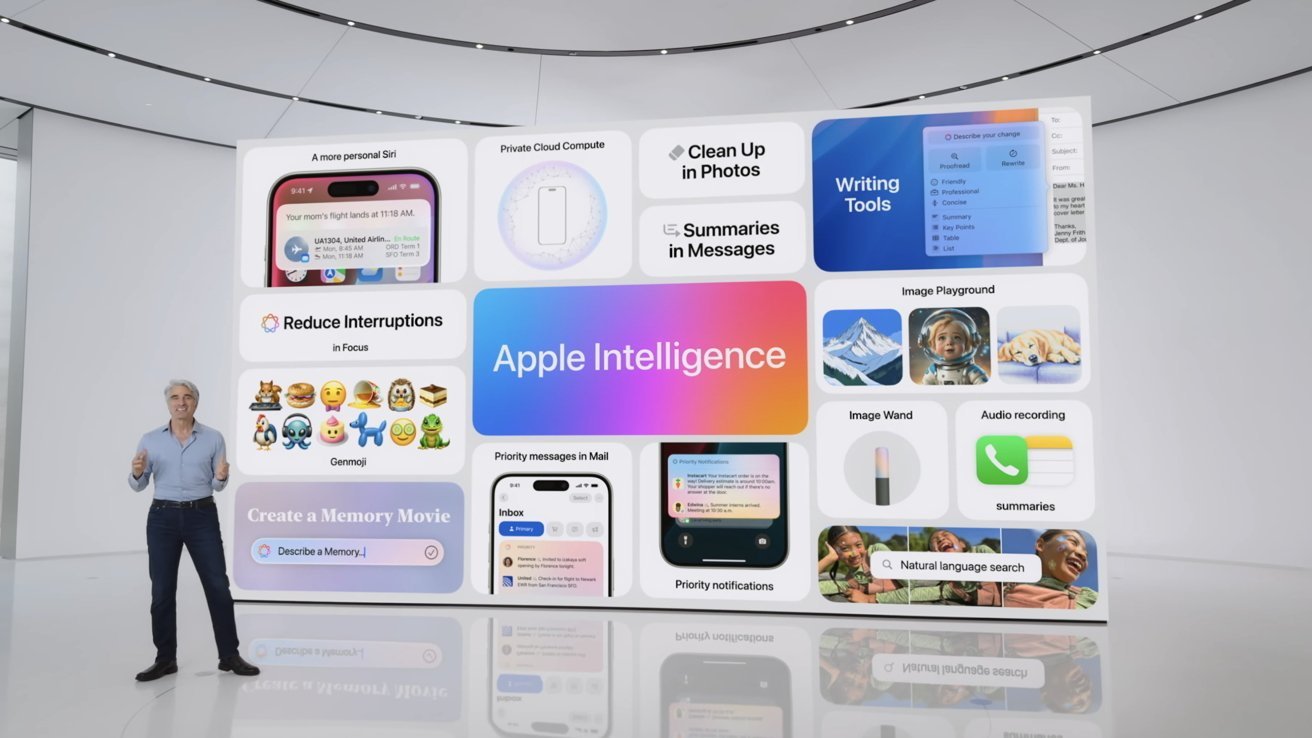
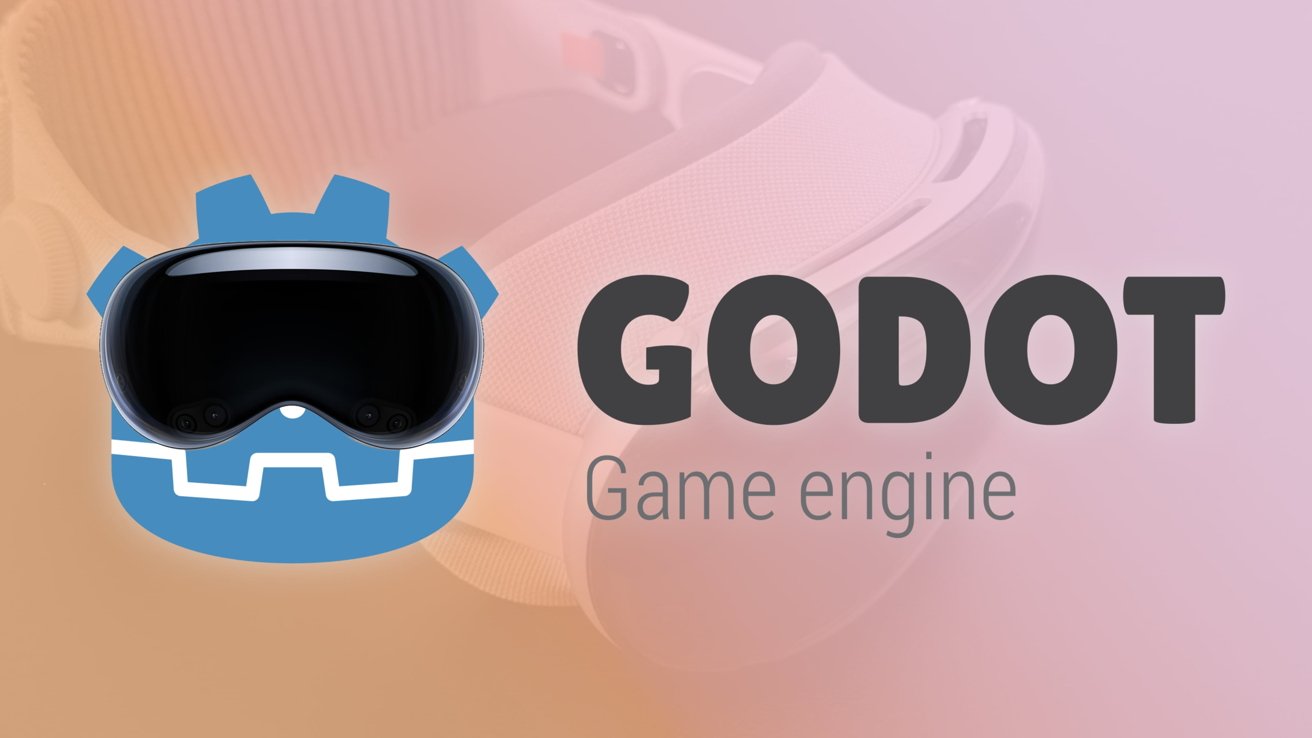




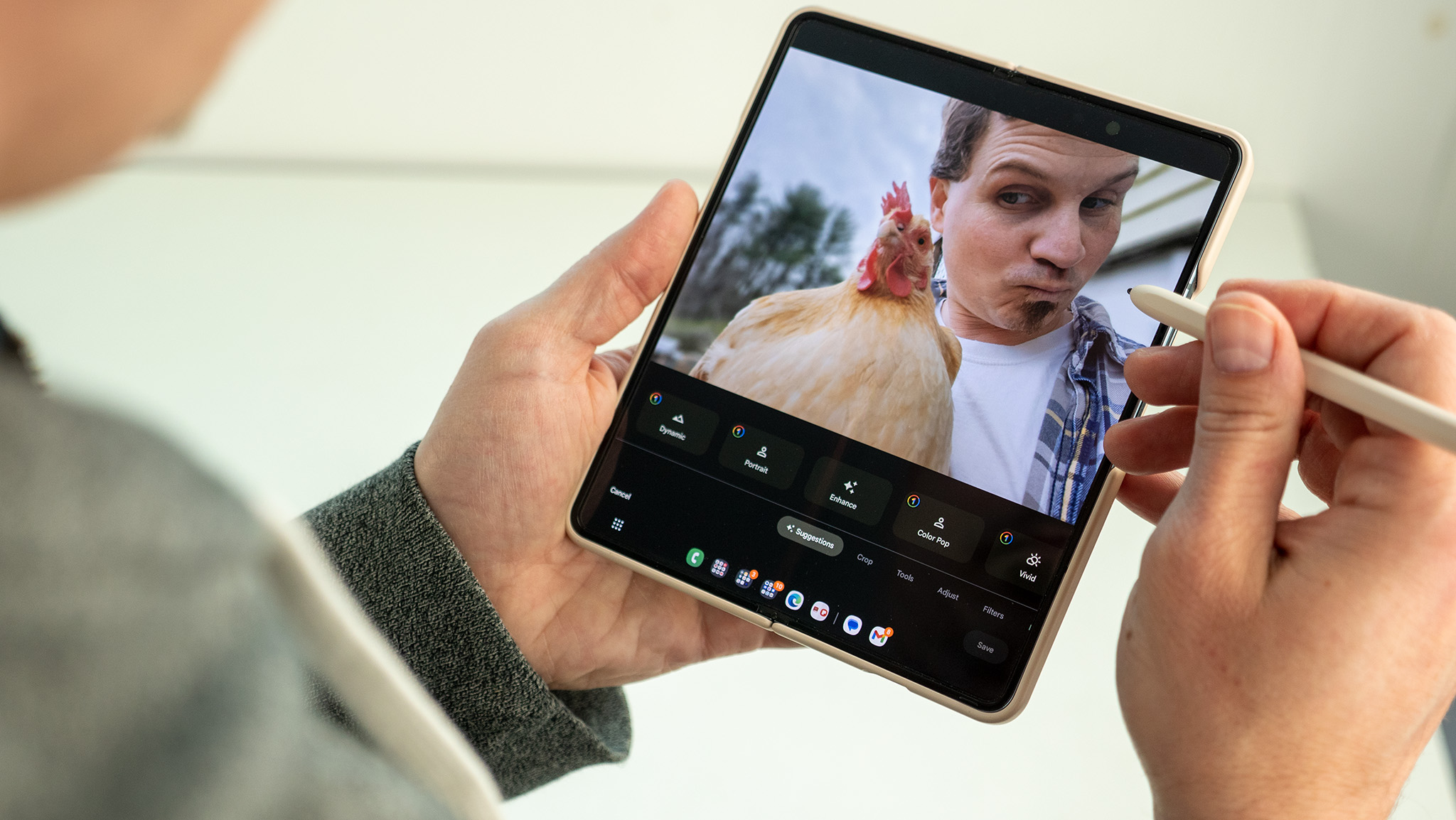
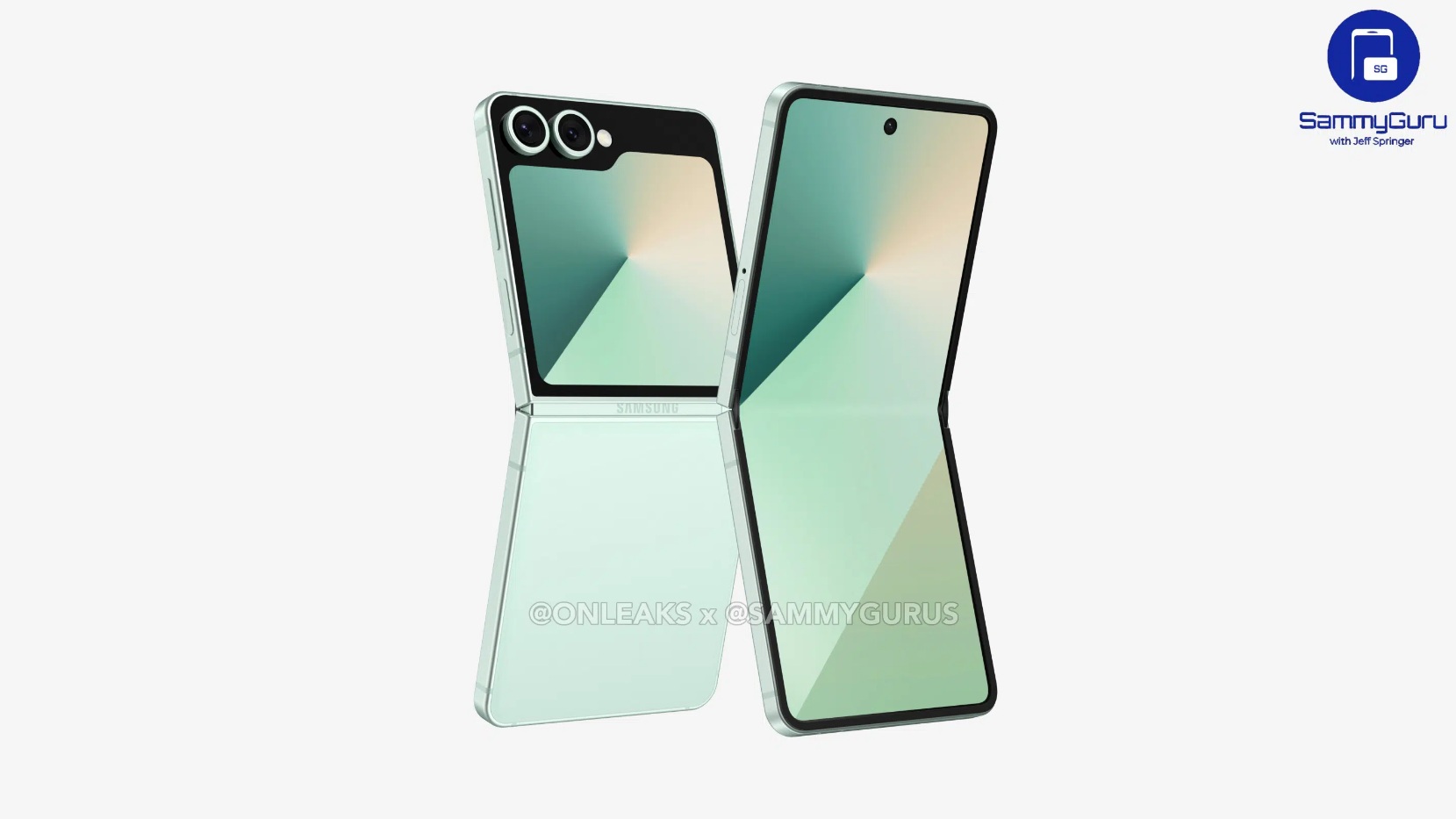


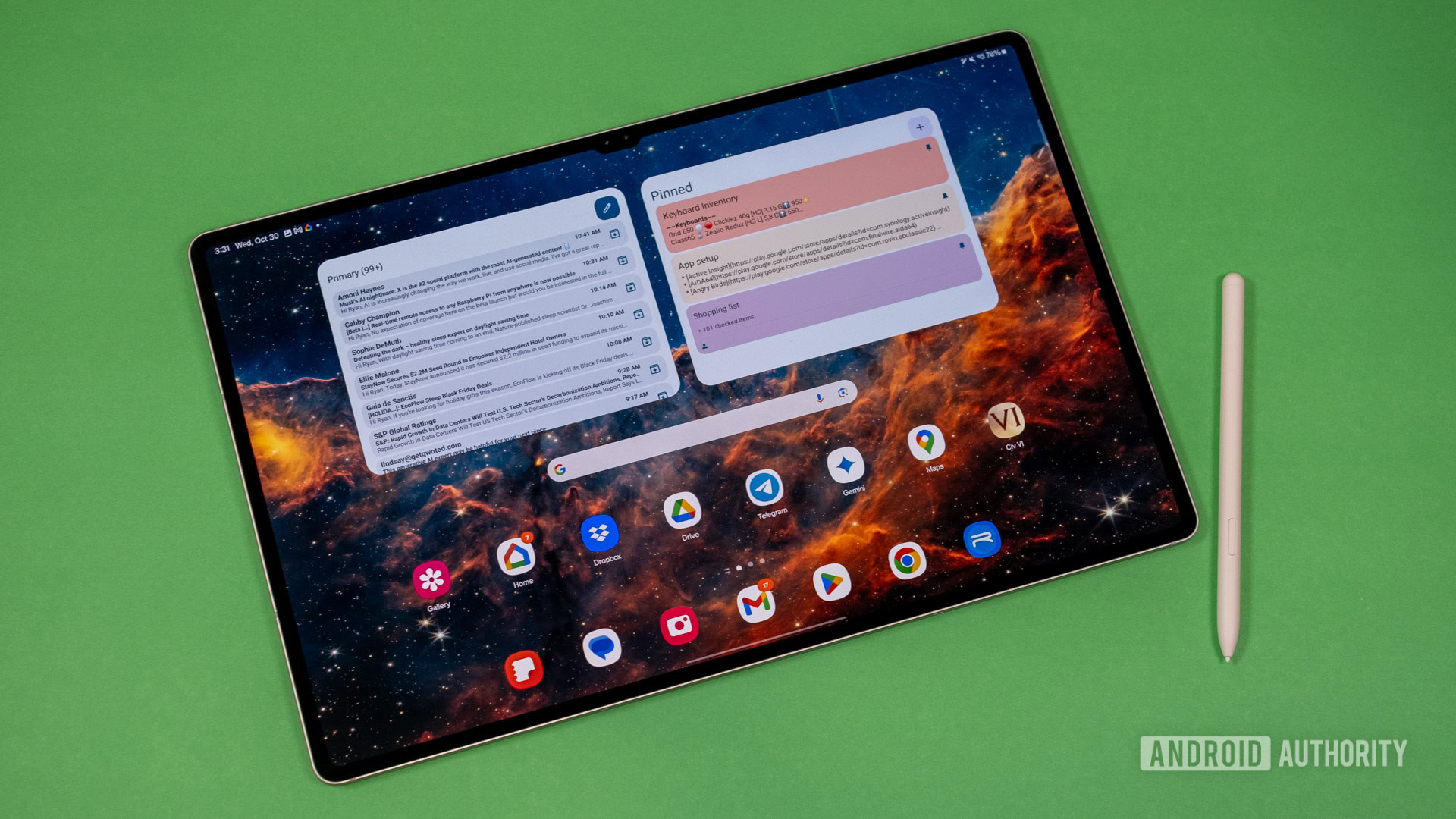
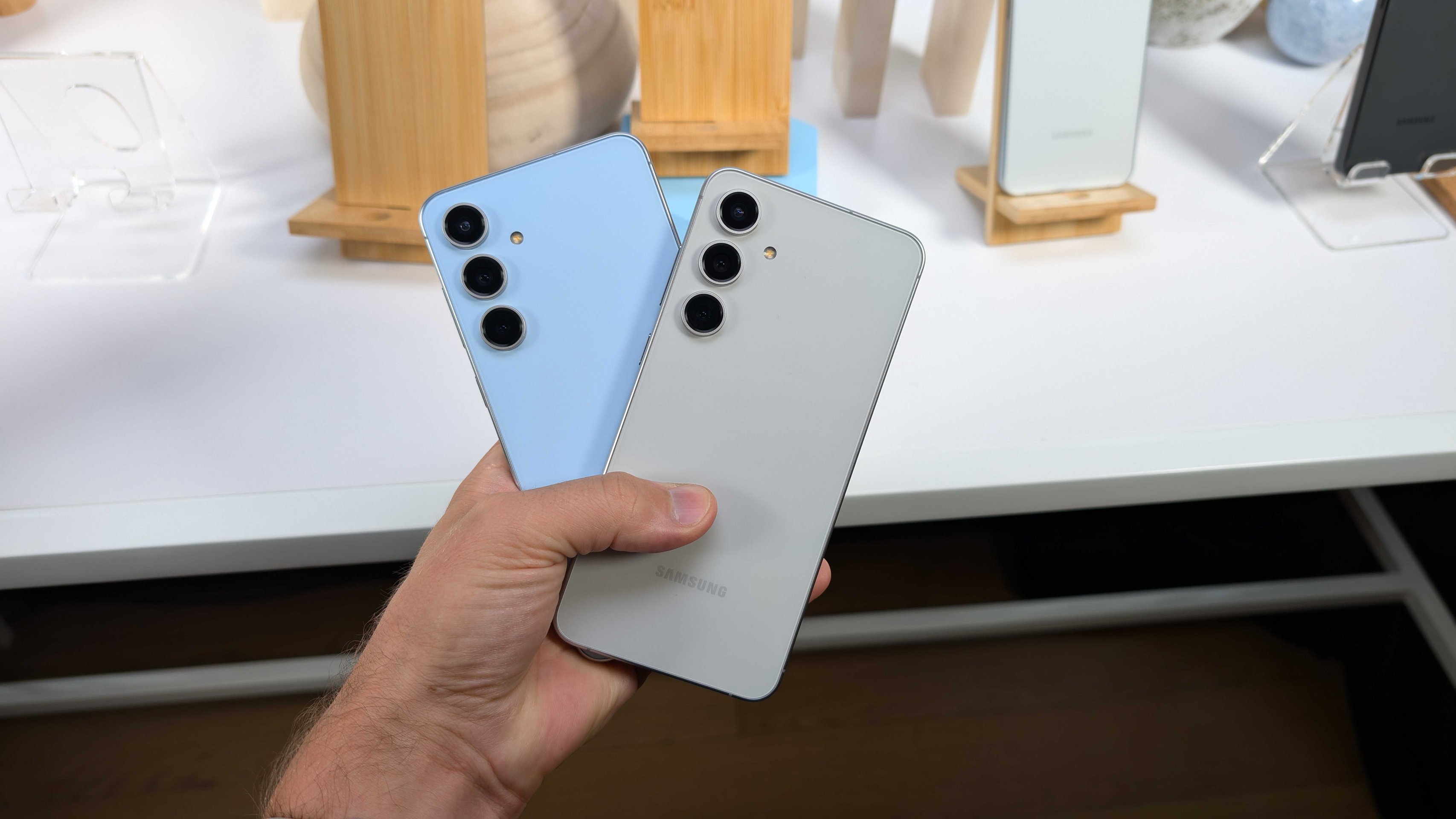

















![New M4 MacBook Air On Sale for $929 [Lowest Price Ever]](https://www.iclarified.com/images/news/97090/97090/97090-1280.jpg)
![Apple iPhone 17 Pro May Come in 'Sky Blue' Color [Rumor]](https://www.iclarified.com/images/news/97088/97088/97088-640.jpg)
![Mac Shipments Up 17% in Q1 2025 Fueled by New M4 MacBook Air [Chart]](https://www.iclarified.com/images/news/97086/97086/97086-640.jpg)
![Next Generation iPhone 17e Nears Trial Production [Rumor]](https://www.iclarified.com/images/news/97083/97083/97083-640.jpg)
















